3D Product Rendering
Take your product designs worldwide with amazing visuals.
WHAT IS 3D PRODUCT RENDERING?
Definition.
Put simply, 3D product rendering, is the use of computer rendering programs to create CGI (computer-generated imagery). It is the process where a 3D artist takes a 3D model and turns it into a 2D image. These images can be used for many reasons. Primarily as marketing assets for advertising campaigns.
CHEAPER ALTERNATIVE.
Value.
CGI product rendering is a cheaper alternative to photography. Images that would never have been possible are now easily visualised without a photography studio.
TELL THE STORY.
Photorealisitic.
Product Designs are created in 3D modelling software and then visualised by adding materials and lighting. This creates a photorealistic or nonphotorealistic representation of the subject. During the early stages of the design process, product design renderings can be made to tell the story, which allows marketers to sell the product well before production.
HOW CAN PRODUCT RENDERING HELP YOU?
Advantages.
Design The Product.
The ability to visualise a product quickly catches costly design mistakes. By using product design rendering processes we can easily change the colours and materials to suit your needs. See what looks best before you go to production; this is an essential part of product development.
Tell Your Product's Story.
Product rendering show off your ideas in all their glory, in contrast to using boring sketches or dull 3d models, with the help of 3D rendering, products are made to look lifelike in as many views as you please, before they even exist, with perfect accuracy.
Enhance Visual Communication.
By showing amazing product images of the designs from all different angles, customers can quickly get an idea of the product and its features. Increasing conversions online.
Create Product Sales.
With the power of 3D, product images can be created well before production. Therefore, a physical model is not needed for photography and product renders can be used to create product sales before manufacturing. Giving you the cash flow you need.
WHAT INDUSTRIES USED PRODUCT RENDERING?
Refinement.
Product manufacturers
Professional 3D renders are used by product manufacturers for many different reasons. Firstly, products can be visualised well before the final product is manufactured. Secondly, images can be shared across social media to gain traction for the new product design release. Taking pre-orders is always a bonus. In addition, multiple different configurations of the product can be seen quickly, including as many different colour combinations as can be thought. As well as materials studies to see what will look the best!
Product designers
Similarly, product designers use high-quality 3D rendering services to present their design ideas. While sketching can only get designers so far, the next stage of the design process needs a 3D approach. Showing various concepts for one project to get approved quickly and push forward to the next stage.
Product marketers
Likewise, product marketers need creative visuals to sell the product, most importantly, marketing the idea comes second to none. Above all, if no one knows about your product then no one will buy it and by harnessing 3D rendering with a mix of graphic design, amazing marketing images and videos can be created with no limit to the creativity, as you would get from photography.
BENEFITS OF 3D PRODUCT RENDERING
Statistics.
40%
reduce in returns.
Shopify has found that there has been a 40% reduction in returns after implementing 3D visualisation.
94%
conversion lifts.
Shopify has found that adding a video improves conversion rates by 60%, while adding 3D Visualisation improves conversions by 94%, on average.
Reference: Sayduck
WHAT ARE PRODUCT RENDERS USED FOR?
Use Cases.
TYPES OF PRODUCT RENDERINGS
Examples.
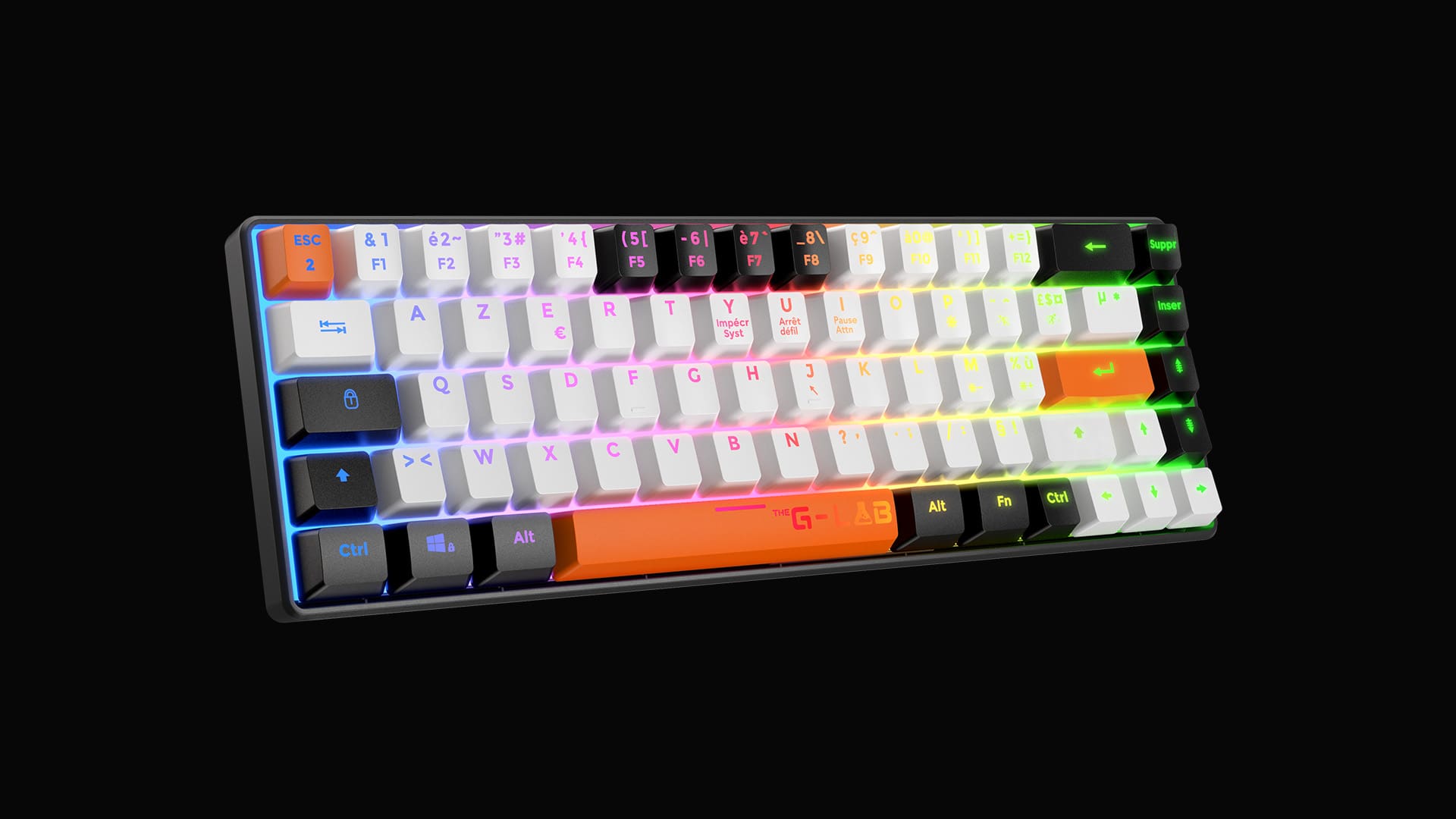
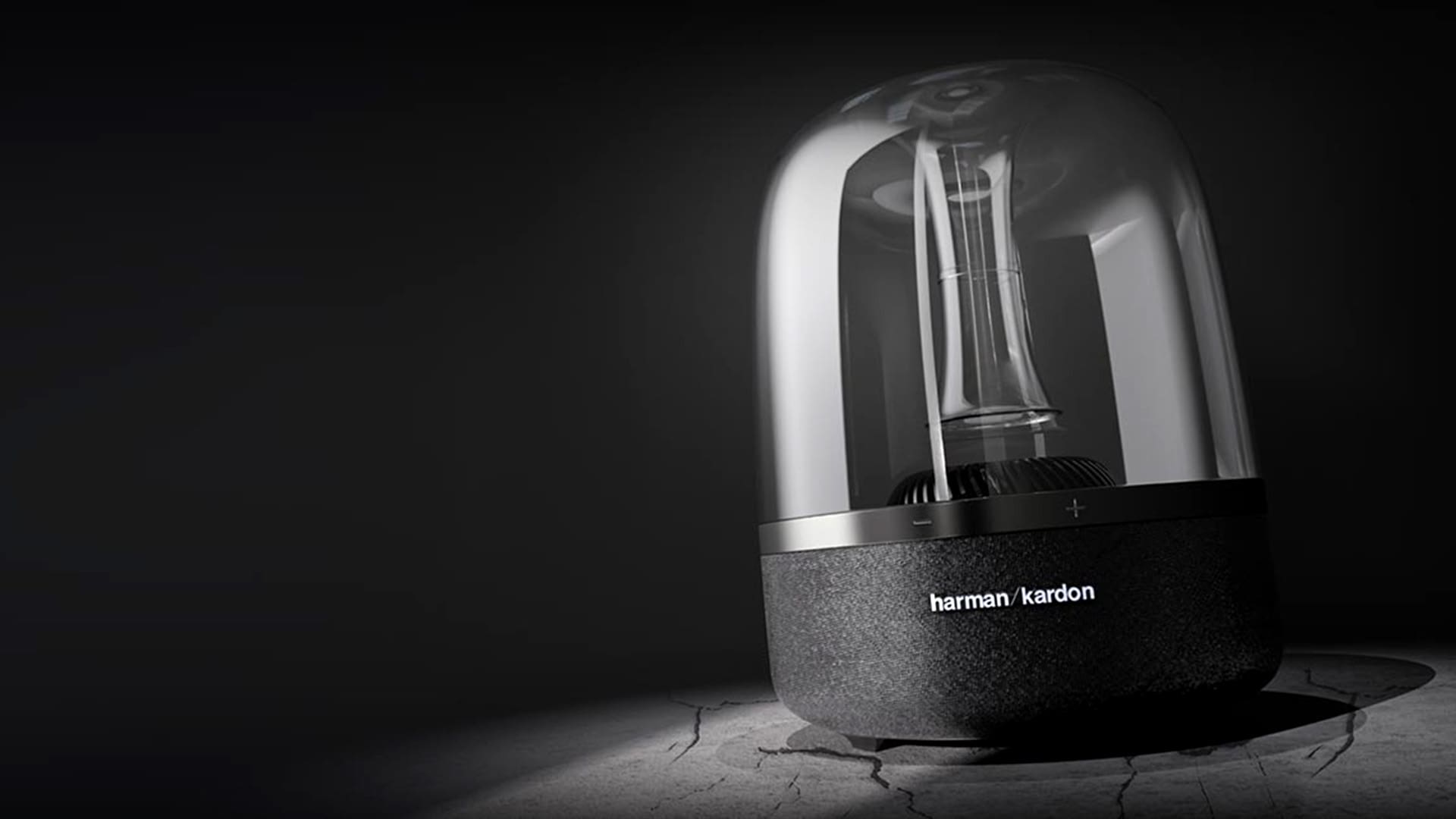
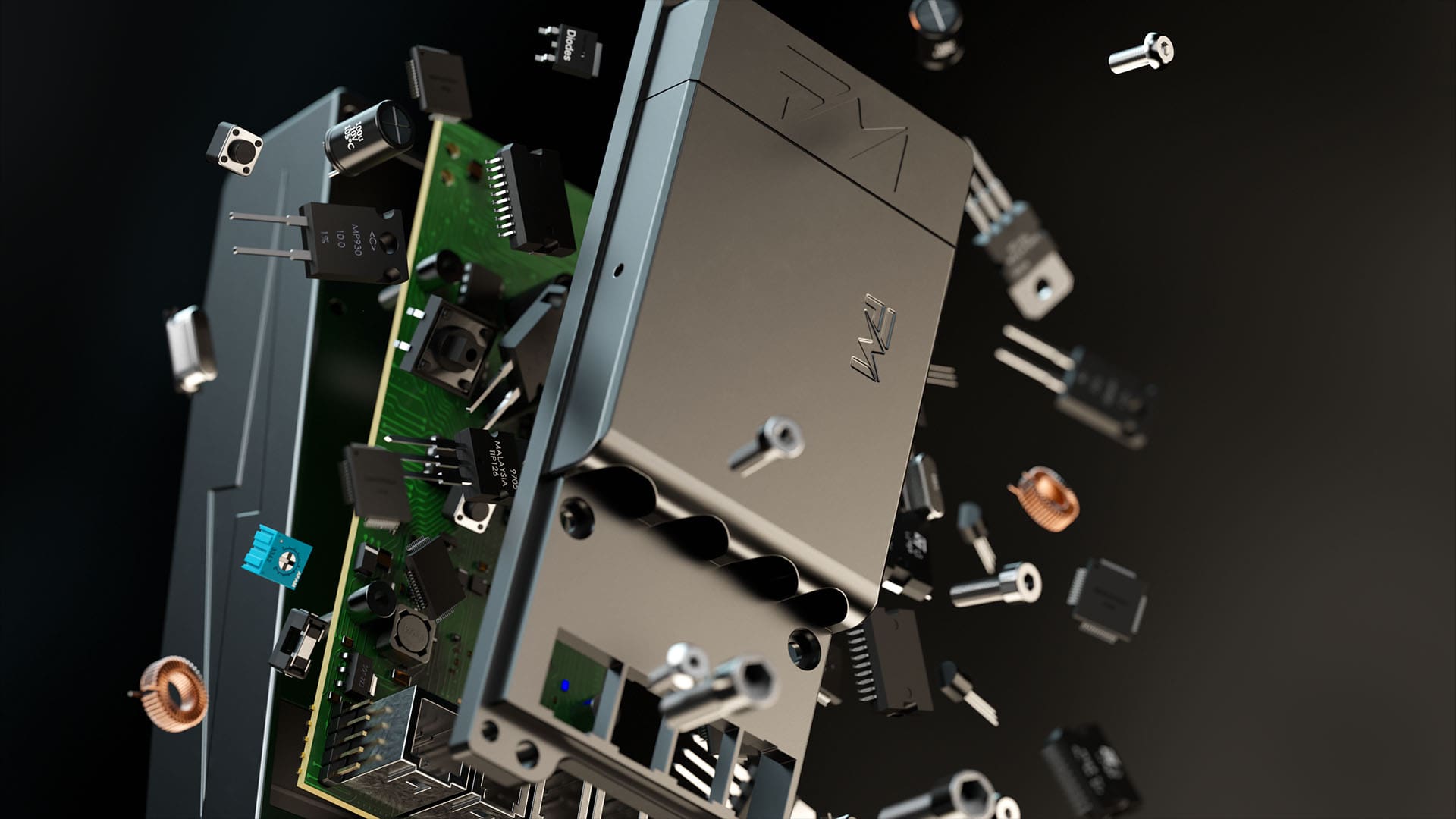
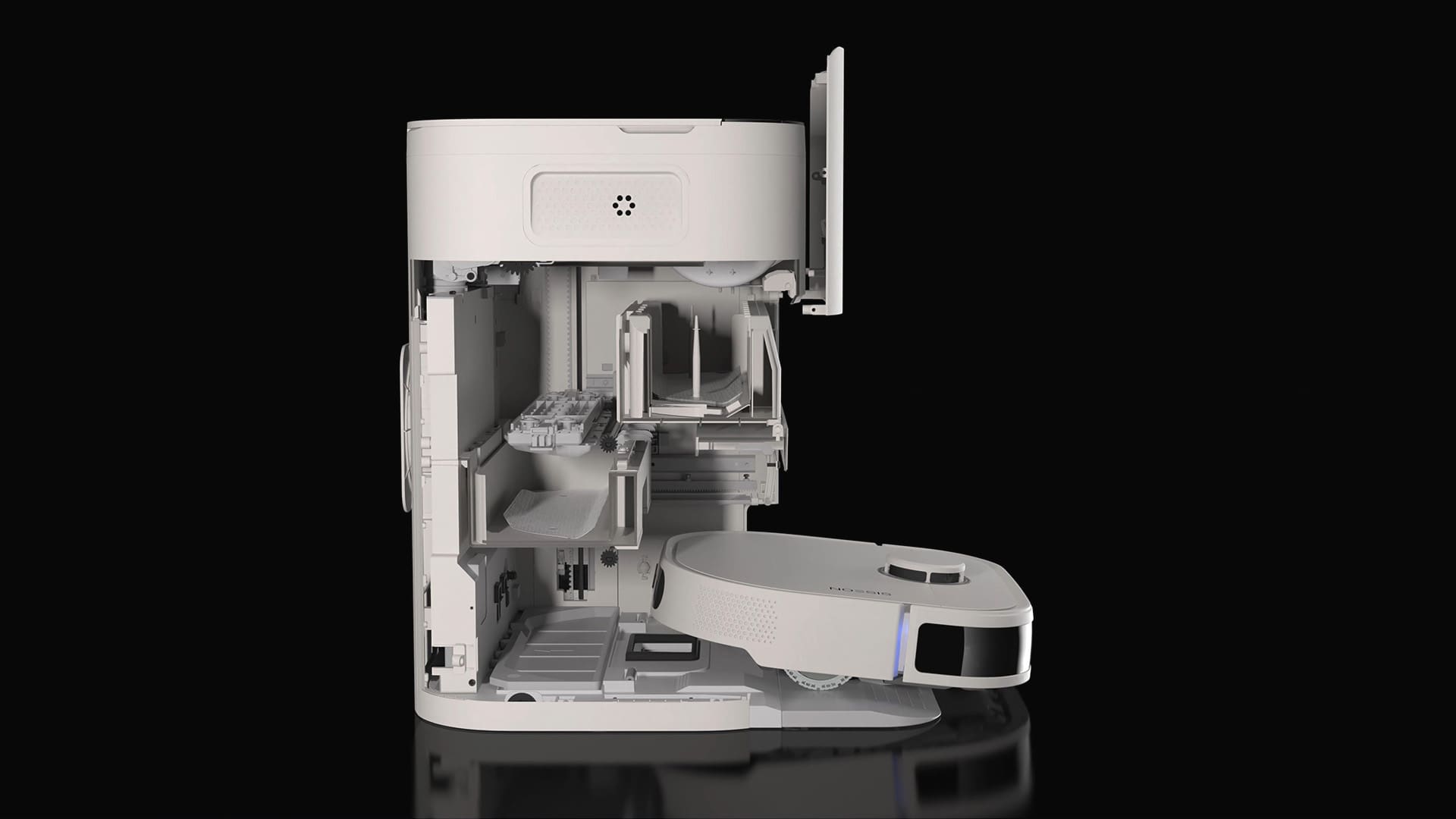
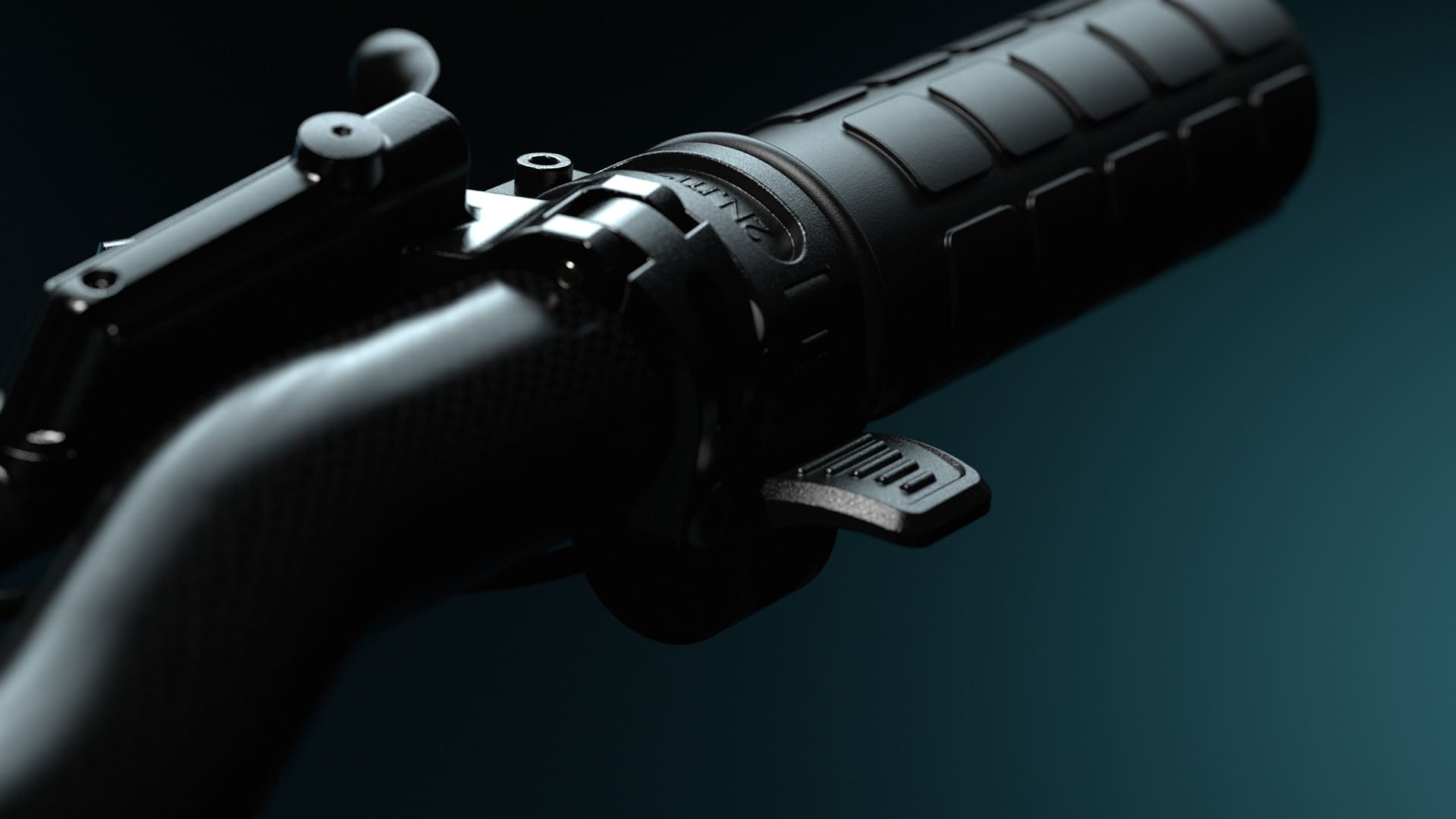
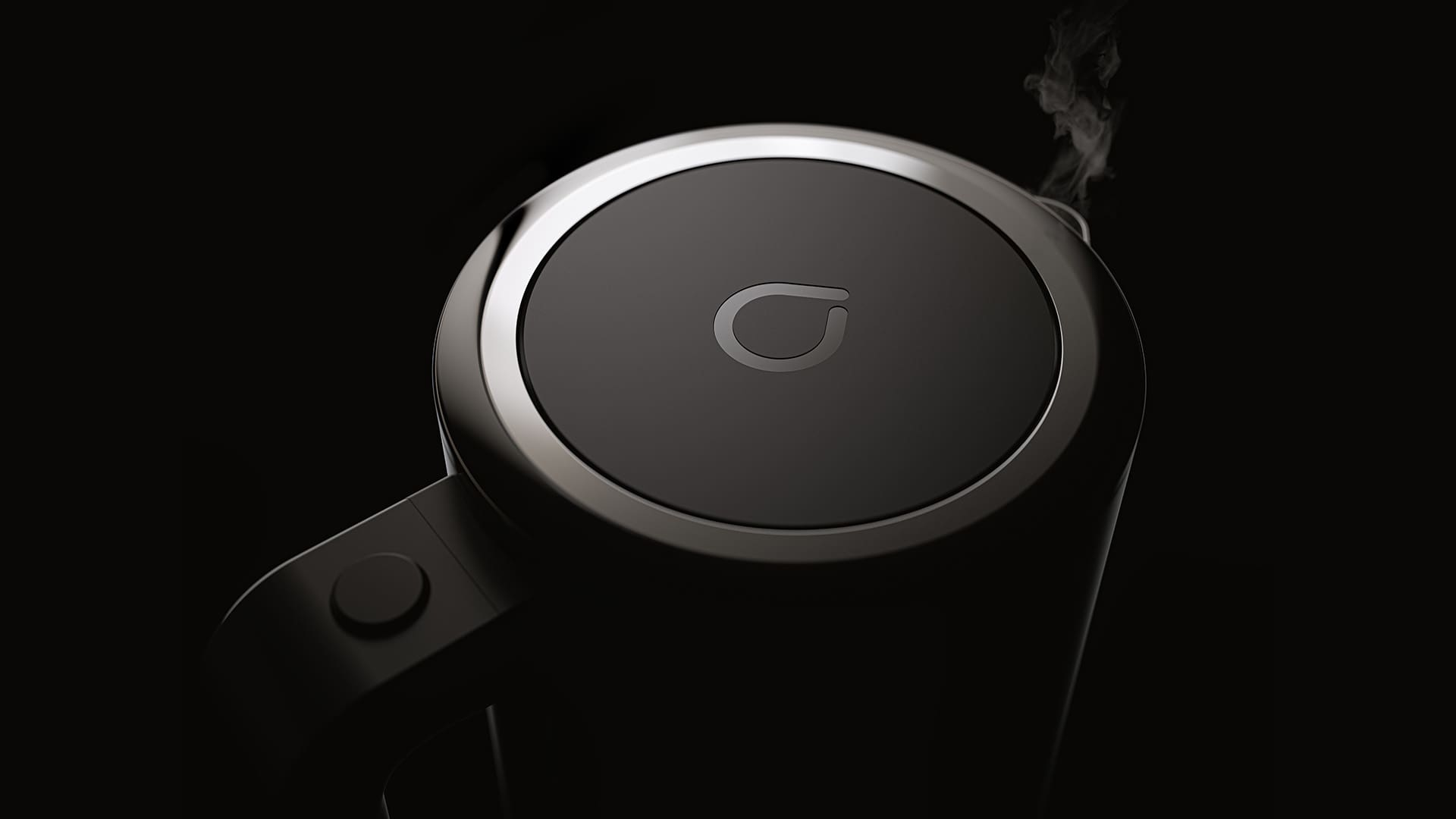
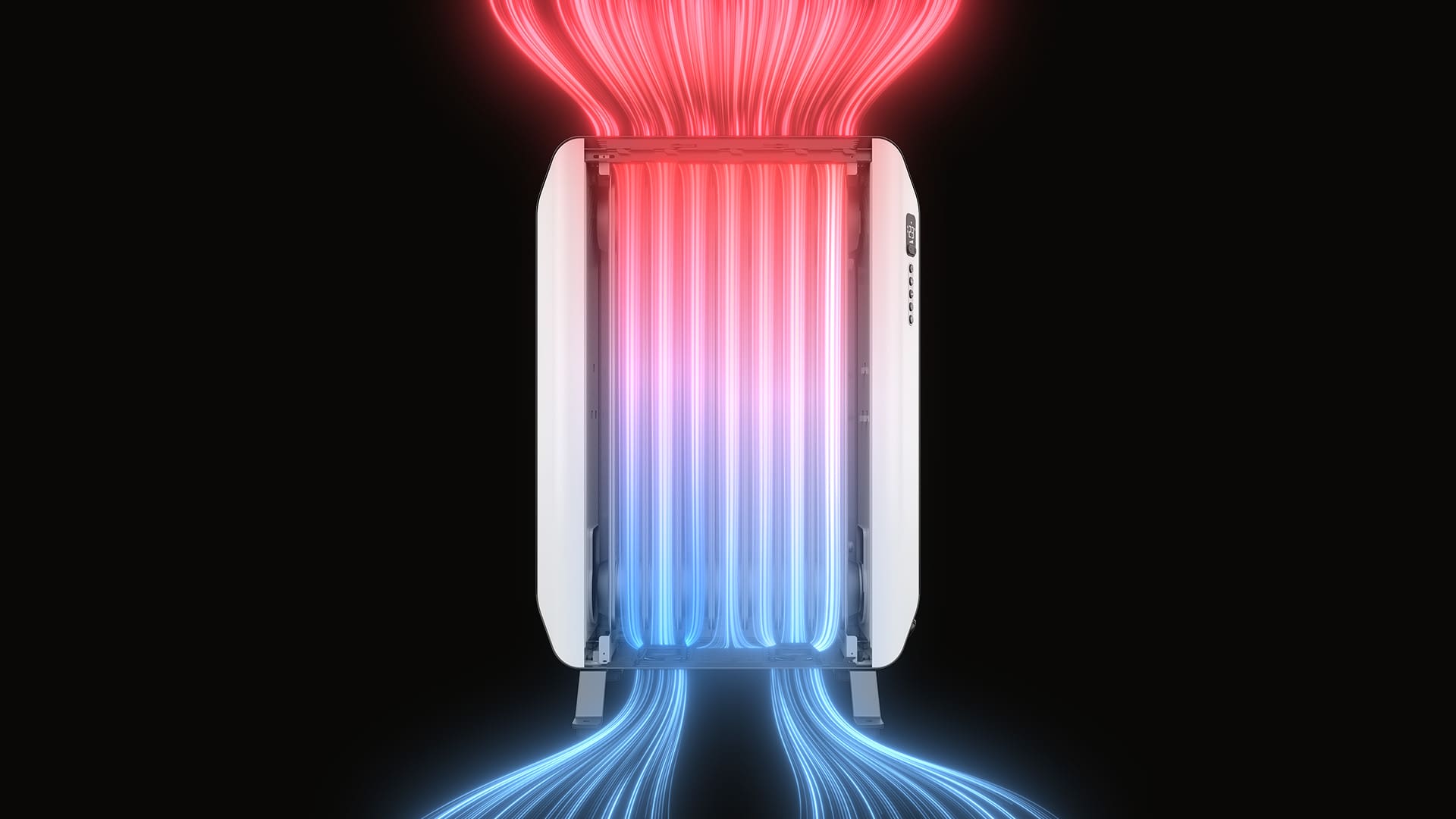
Studio renders are the most used type of product rendering. The white box is used for online shops to display the product in a clean and easy-to-view manner, helping viewers make sound decsisions when buying. Other types of studio renders may have different-coloured backgrounds for use on social media.
Advertising images are used for marketing. They are a creative way to showcase your product and make it engaging to the viewer. In contrast to the studio render, these marketing images are designed to captivate and generate sales.
Exploded views are a big seller due to their complex and exciting nature. They showcase the product with all its components, exploring how it works and the intricate details that have been designed.
A breakaway shot is similar to an exploded view as it can be used to show the internals of the product. However, a breakaway view is slightly different as it shows how the inner workings of the product interact with each other.
To illustrate your product even further, show your design's finer details with close-up renders. In brief, we use a close-up camera angle to illustrate the finest details such as the beautiful textured finish.
Generally, for products that are about to be released. Market-ready images that are designed to get people talking and wondering. What is that? Create anticipation for your product so your sales can hit the floor running!
Infographics are designed to show the customer, specific product details, and benefits. As seen in a lot of Amazon shops, these images are used to boost and accompany other product visuals for marketing. Infographics are a mix of product renders and text.
HOW TO CREATE
3D PRODUCT RENDERINGS?
Process.
STEP 1
3D Modelling
To begin any 3D rendering, a 3D model needs to be created. In computer graphics, product modelling is the process of developing a mathematical representation of an object in three dimensions using specialised 3D software. 3D models can be created from technical drawings, sketches, or photographs.
STEP 2
Camera Setup
Configuring the camera for a rendering project is a critical step. It involves considering various camera settings. Proper camera placement adhering to photography principles is crucial. This knowledge enables artists to craft well-composed, art-directed scenes, ensure models blend seamlessly into the 3D environment and produce highly realistic rendered images.
STEP 3
Lighting Setup
Lighting is created and it can be thought of the same as a photography studio but on a computer. The lighting is applied in different directions to create the best reflections that bring out all the details of the form of the product. Depending on the desired outcome of the render. There could also be minimal lighting to create teaser images for marketing purposes.
STEP 4
Materials & Texturing
Desired materials are added to the object and tweaked with all different settings, using multiple different images and processes to get the materials to look as they would in real life. After that, the lighting is finalised to highlight the finer details of the product’s materials.
STEP 5
Rendering Output
Finally, to set the subject off on the final stages of the process, this is where the computer does its work by generating the images so that they can be used. The render engine is started so that it creates all different types of outputs that are subsequently brought together in post-production software such as Photoshop, and a pretty picture is created by our 3D artists.
STEP 6
Post Production
The final step is to polish a 3D product render and make it pop for its final destination. This is done using photo editing software such as Photoshop. It is where colour correction and final adjustments take place, boosting the final visual and increasing its realism to a photorealistic result.
WHAT DO I NEED TO GET STARTED?
Project Checklist.
- MOOD BOARDS
- MATERIAL GUIDE
- TECHNICAL DRAWINGS OR DIAGRAMS
- PHYSICAL PRODUCT IF PRESENT
Although companies do not need all of the above, these will make the project much smoother.
PRODUCT RENDERING WORKFLOW
Execution.
Starting a project
Firstly, to begin a project, clients provide all the information required. For product visualisations, we require things such as drawings, design specifications, sketches, mood boards or other type of information you may have.
Reviewing information
Check all the clients’ content and ask for more details if necessary. In addition, a phone call or Teams meeting is always beneficial. This helps avoid any misconception and allows us to shorten turnaround times for 3D rendering services.
Execution
We start working as soon as we understand all of the details the task requires, and time frames have been agreed by both parties. Our 3D artists keep in constant contact with the clients throughout this process, with regular updates.
Reviewing
After that, we present draft 3D renders to you for comments and review and finally make the adjustments.
Approval
The client accepts the drafts for final rendering.
Final Rendering
Finally, we present the 3D visuals, after we have completed postproduction in high resolution with full quality lighting, reflections, glossiness and materials.
WHAT ELSE CAN BE DONE WITH PRODUCT RENDERING?
Applications.
There is a range of 3D applications for products that are being used in the days of online shopping. To create a better online experience for customers, the applications below are essential to boost your sales.
product colourways.
Product colourways or colour selectors, are helpful for designs that have multiple different colours or textures. The same camera can be used and rendered in various colours, allowing businesses to showcase the full range of colours and enhancing customer experience.

Product Animations.
Particularly when putting together an advertising or crowdfunding campaign, creating a product animation video can provide a multitude of benefits, including:
- Educating potential investors or users to understand your product
- Demonstrating mechanisms and moving parts
- Showcasing your product and what makes it unique
- Increasing overall engagement with the product
- Impressing potential investors and increase the perception of your product
3D Product Turntables.
360-degree product turntable renders, which produces high-quality 360 images of your products, allows you to provide your consumer with an engaging and interactive experience. They will get a true sense of your product’s quality. This confidence in your product’s quality will help win the sale.
Interactive 3D Visuals.
Web-ready, touch-enabled visuals that can be embedded anywhere on your website, or even sent via emails to potential clients or customers with an array of unique features that will not have been seen by many. Give that WOW factor to your product.
Product interactive can be used for visual marketing allowing customers to interact with products in a digital environment. They can be used to increase customer engagement, improve customer experience, and reduce returns and exchanges. Some common techniques for creating product interactive visuals include 3D product rendering, product configurators, and augmented reality.
Product 360 Spherical Experience.
Push beyond a simple product turntable, and have a full 360° spherical view to show clients the full view of your products. Product 360° spherical still renderings are a type of product rendering that captures a product from all angles. They can be used to provide customers with a more immersive and interactive way to view products and can be helpful for products that are difficult to visualize in traditional 2D images. Product rendering stills can be created for products that do not yet exist, or for products that are difficult or impossible to photograph. They can also be created with any level of detail, from simple representations to highly realistic images.
Product Augmented Reality.
Product augmented reality (AR) is a technology that superimposes a computer-generated image on a user’s view of the real world. It can be used to allow customers to visualize products in their own environment, try on products virtually, or get information about products. Product AR can help to increase customer engagement, improve the customer experience, and reduce returns and exchanges. It is still a relatively new technology, but it is growing in popularity and has the potential to revolutionize the way we shop.
Have you ever seen the Pokemon Go app? Well if not give it a go, this type of CGI can be done with your product! Mobile-ready AR for when you need the transfer of 3D assets or an interactive 3D, mobile viewing experience.
Product Configurators.
This product 3D service, called online product configurators are applications that allow customers to customize products before they purchase them. This can be done by selecting different options, such as the product’s colour, size, or materials. The configurator will then show the customer a preview of the customized product. Online product configurators can help businesses to increase sales, improve customer satisfaction, and reduce costs. They are becoming increasingly popular as they offer a number of benefits to both companies and customers. We have different solutions for this, some using still 3D images and others using live 3D rendering.
FREQUENTLY ASKED QUESTIONS
FAQ.
What is rendering for products?
3D product rendering is the process of creating a 2D image from a 3D model of a product. This can be used to create images of products that do not yet exist or images of existing products that are more visually appealing or accurate than photographs.
What software is used for product rendering?
For 3D rendering product images, a number of software packages are available, including Keyshot, Autodesk 3ds Max, Cinema 4D, and SolidWorks. We can work with a wide range of platforms, but we commonly prefer working with .step files. These rendering software are very expensive so it’s always good to consult a rendering company with many years of experience for any projects you require.
How long does it take to create a 3D image of a product?
A basic high-quality 3D product image typically takes two to three hours, depending on rendering time. To accomplish this, we must thoroughly understand the product, its function, and the intended audience. There is never too much information when it comes to project briefs. Lifestyles images tend to take a lot longer and can take up to a day or more to complete depending on the complexity of the image.
Who owns the rights to the rendered Images?
Once the project is completed and the invoice is settled, you will own the full rights to the rendered images.
How much do product renderings cost?
The cost of 3D product rendering can vary depending on a number of factors, including:
- The complexity of the product model
- The number of images or animations required
- The level of detail required
- The turnaround time required
- The experience and expertise of the 3D rendering company
Read a more in-depth guide on product rendering costs.
What are the best practivces for product rendering?
Here are some best practices for 3D product rendering:
- Use a high-quality 3D model.
- Set up the lighting and materials carefully.
- Place the product in a realistic environment.
- Optimize the render settings for the desired level of quality.
- Post-process the image or animation as needed.
What is AI product rendering?
To put it practically, this technology allows businesses to create compelling visual content that is interactive without even having a prototype. This helps save cost and fastens the marketing & refinement processes because any changes can be done in the digital model prior to commencing physical production.
Additionally, AI-based rendering tools usually come with other advanced capabilities such as simulation of various lighting scenarios, textures and settings. As a result, this technique is useful in generating more realistic and attractive product images for different types of promotional materials, e-commerce sites, and VR applications. It also works best when one desires customized visual presentations based on customer’s requirements or wants to know how something would look like in different environments.
AI can be applied at different stages of product rendering:
Material and Texture Generation: AI algorithms can analyze existing materials and textures to generate new ones that closely resemble real-world materials. This helps in creating more lifelike renders without the need for manual tweaking.
Lighting Optimisation: AI can intelligently adjust lighting conditions in a scene to achieve the desired mood and realism. This includes simulating natural lighting effects, such as shadows and reflections, to enhance the visual appeal of the rendered product.
Noise Reduction: Rendering high-quality images often involves dealing with noise or graininess, especially in complex scenes. AI-based denoising techniques can reduce noise while preserving image details, resulting in smoother and cleaner renders.
Automated Scene Composition: AI algorithms can analyze product designs and automatically generate aesthetically pleasing compositions for rendering. This includes determining camera angles, object placement, and overall scene layout to highlight key features of the product.
Real-time Rendering: AI-powered rendering engines can enable real-time visualization of product designs, allowing for quick iterations and interactive exploration. This is particularly useful in collaborative design processes and client presentations.
Overall, AI product rendering streamlines the rendering workflow reduces manual effort, and improves the quality and realism of rendered images, helping businesses showcase their products more effectively for marketing and promotional purposes.